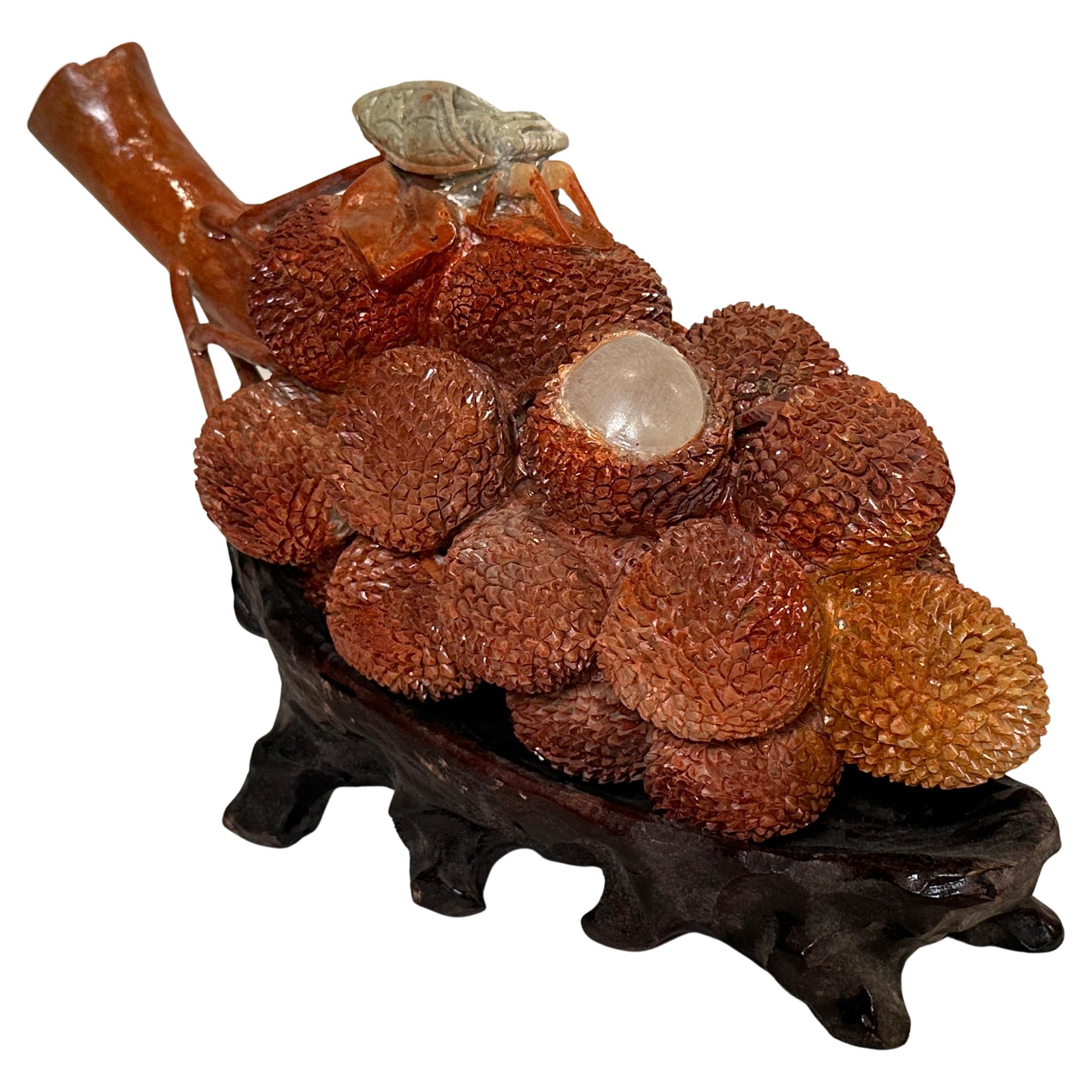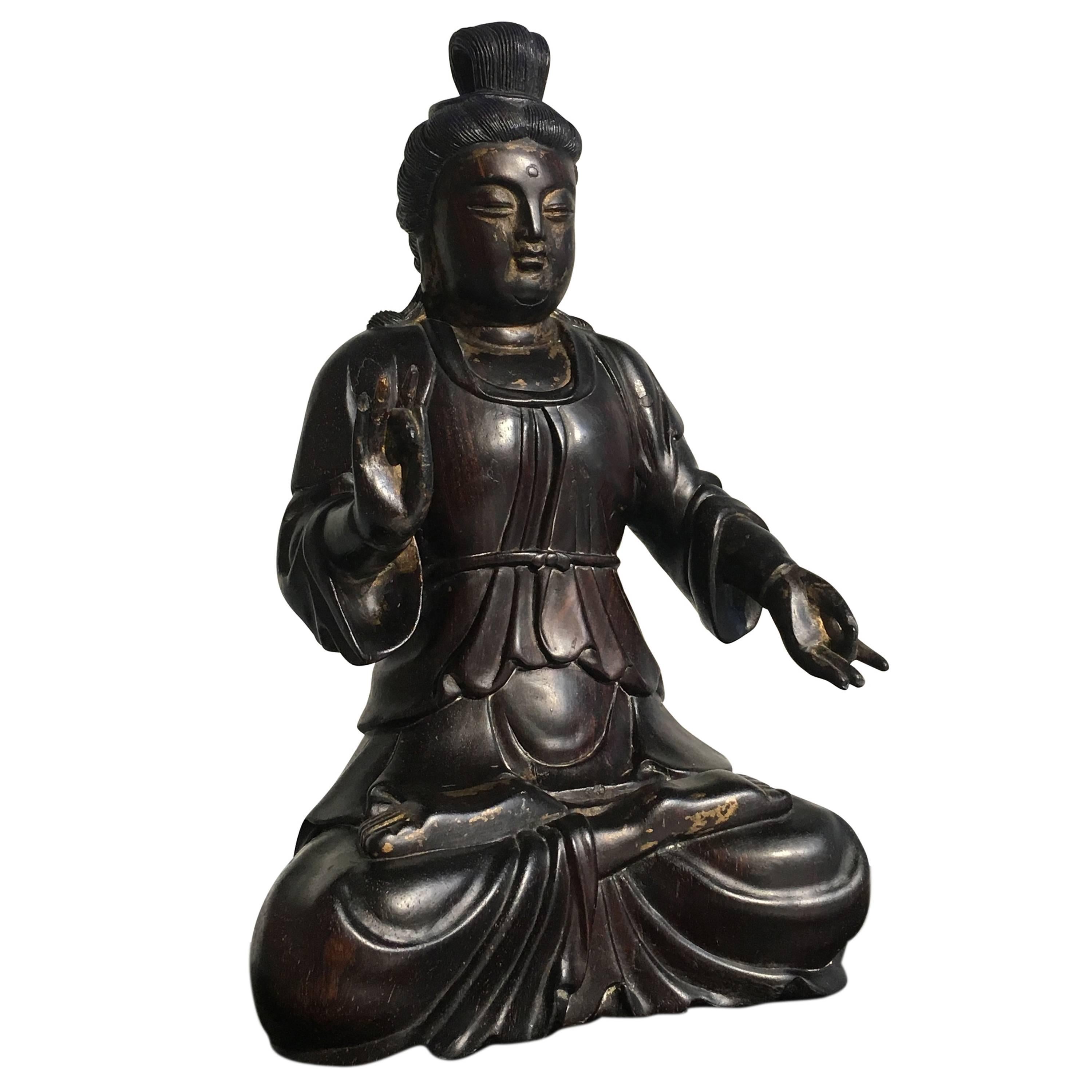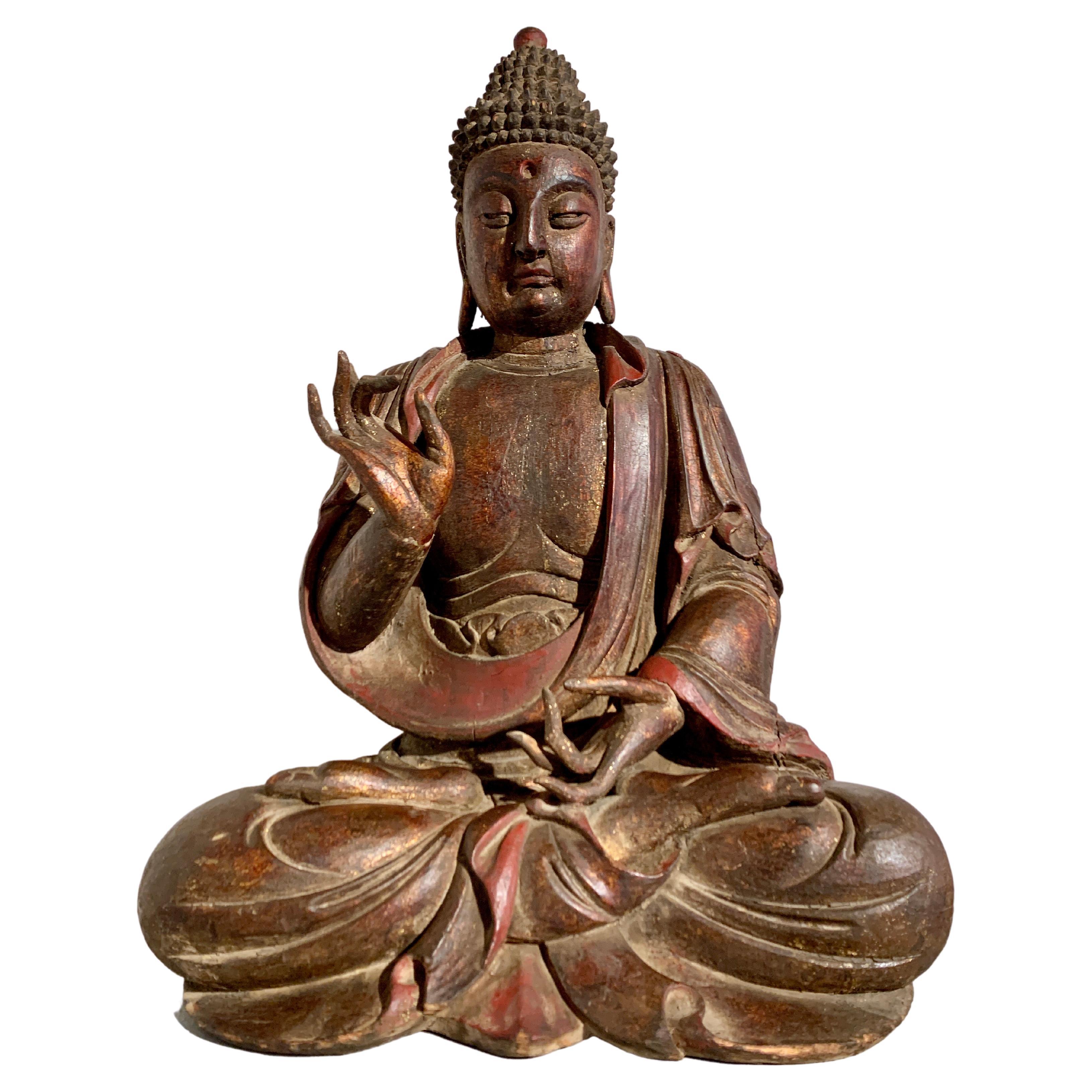Items Similar to Exceptional Chinese Carved Coral Tree Branch with Monkeys and Squirrels, Qing
Want more images or videos?
Request additional images or videos from the seller
1 of 8
Exceptional Chinese Carved Coral Tree Branch with Monkeys and Squirrels, Qing
About the Item
An exceptional Chinese carved coral tree branch with monkeys and squirrels, Qing dynasty. Very finely carved.
With original wooden base.
Coral: 6.5? high x 11.5? wide x 2? deep Stand length: 9 1/4 inches
Coral weight 354 grams.
Very good condition.
- Creator:Ferdinand Barbedienne (Artist)
- Dimensions:Height: 6.5 in (16.51 cm)Width: 11.5 in (29.21 cm)Depth: 2 in (5.08 cm)
- Materials and Techniques:Coral
- Place of Origin:
- Period:
- Date of Manufacture:1901-2000
- Condition:Wear consistent with age and use.
- Seller Location:New York, NY
- Reference Number:1stDibs: LU7386231534212
About the Seller
4.9
Platinum Seller
These expertly vetted sellers are 1stDibs' most experienced sellers and are rated highest by our customers.
1stDibs seller since 2022
43 sales on 1stDibs
Typical response time: <1 hour
- ShippingRetrieving quote...Ships From: New York, NY
- Return PolicyA return for this item may be initiated within 14 days of delivery.
More From This SellerView All
- Imperial Faberge Carved Unakite and 925 Silver with Diamonds Woodpecker in BoxLocated in New York, NYImperial Faberge carved Unakite and 925 silver with diamonds woodpecker, 20th century. The unakite legs are gold plated 925 silver and the eyes are di...Category
20th Century French Animal Sculptures
MaterialsMulti-gemstone, Sterling Silver
- Natural Amber Hand Carved Figurine of a Skull with OwlLocated in New York, NYNatural Amber Hand Carved Figurine of a skull with qwl solid amber that was carved by hand in to this In great Condition Ready to place on any desk or shelf. size is approxim...Category
Antique 19th Century Unknown Figurative Sculptures
MaterialsMulti-gemstone
- Amethyst Ruby Diamonds and Carved Jade Cat FigureLocated in New York, NYA vintage carved jade cat figurine. The figure has diamond eyes and a ruby and diamond collar in gold settings. The item is mounted on a square carved amethys...Category
20th Century Animal Sculptures
MaterialsAmethyst, Jade, Gold
- Jean-Baptiste Auguste Clesinger, French Bronze Bust of Jesus Christ, BarbedienneBy Ferdinand BarbedienneLocated in New York, NYAn exceptional French patinated realistic bronze bust of Jesus Christ, circa 1858 Signed: J CLESINGER. & F. BARBEDIENNE FONDEUR, with the Reduction Me...Category
Antique 19th Century French Busts
MaterialsBronze
- Jean-Baptiste Auguste Clesinger, French Bronze Bust of Jesus Christ, BarbedienneBy Ferdinand BarbedienneLocated in New York, NYAn exceptional French patinated realistic miniature bronze bust of Jesus Christ, 1858 Signed: J CLESINGER. 1858 and F. BARBEDIENNE FONDEUR, wi...Category
Antique 19th Century French Busts
MaterialsBronze
- Jean-Baptiste Auguste Clesinger, French Bronze Bust of Jesus Christ, BarbedienneBy Ferdinand BarbedienneLocated in New York, NYAn exceptional French patinated realistic miniature bronze bust of Jesus Christ, 1858 Signed: J CLESINGER. 1858 and F. BARBEDIENNE FONDEUR, wi...Category
Antique 19th Century French Busts
MaterialsBronze
You May Also Like
- Chinese Ming Dynasty Hand Carved Stone Monkey Sculpture with Infant MonkeyLocated in Yonkers, NYA 19th century Chinese Ming dynasty hand carved stone monkey sculpture. This Chinese sculpture features a monkey figure, sitting on a rock formation, holding a square item, perhaps a...Category
Antique 17th Century Chinese Ming Sculptures and Carvings
MaterialsStone
- Qing Dynasty Antique Chinese Red Coral SpecimenLocated in London, GBThis red coral specimen, with flowing lines and organic form, is a beautiful example of how the work of nature can be, and has been, celebrated as a...Category
Early 20th Century Chinese Sculptures and Carvings
MaterialsCoral
- Chinese Carved Soapstone Lychee Fruit BranchLocated in Norwood, NJBeautifully Chinese soapstone carving of Lychee fruit branch and leaves with insect, bug, beetle or moth at top. Beautiful estate condition.Category
Late 20th Century Chinese Natural Specimens
MaterialsSoapstone
- Chinese Qing Dynasty Hand-Carved Wooden Temple Corbel with Detailed FiguresLocated in Yonkers, NYA Chinese Qing Dynasty period hand-carved wooden temple corbel from the 19th century with detailed figures and custom base. Created in China during the ...Category
Antique 19th Century Chinese Qing Mounted Objects
MaterialsWood
- Chinese Carved Zitan Figure of a Bodhisattva, Qing DynastyLocated in Austin, TXA finely carved Chinese zitan wood figure of an unidentified bodhisattva, possibly Guanyin, late Qing Dynasty, circa 1900, China. The androgynous figure has a plump, almost matronly face, with downcast eyes and a gentle smile. The hair in long tresses, gathered and tied in a high chignon. The enlightened being is portrayed seated in dhyanasana, bare feet resting on crossed legs, both soles pointing up. Thick robes billow and drape around the full figured body. The hands display...Category
Early 20th Century Chinese Qing Sculptures and Carvings
MaterialsLapis Lazuli
- Large Chinese Carved and Lacquered Buddha, Qing Dynasty, 19th CenturyLocated in Austin, TXA large and magnificent near life-sized Chinese carved and lacquered wood figure of a Buddha, Qing Dynasty, 19th century or earlier, southern China. The figure likely represents one of the Five Tathagatas, also known as Dhyani Buddhas or Wisdom Buddhas. More specifically, either Amitabha or Amoghasiddhi. Amitabha is the Buddha of infinite light, and represents the wisdom of observation and recognition. Amoghasiddhi is the Buddha of accomplishment, and represents the wisdom of perfected practices. The size and scale of the Buddha indicates it was made for temple worship. The large Buddha is portrayed seated in vajrasana, or full lotus position, with the soles of both feet facing up. His elegant hands, with impossibly long and slender fingers, perform shuni mudra, the gesture of bestowing patience. His right arm is bent at the elbow, the right hand raised to heart level. The left arm resting gently in his lap, the left hand at navel level. The Buddha is dressed in voluminous robes that wrap around his shoulders and body, and tied at the waist. The heavy fabric draping and pooling elegantly all around his robust body. His broad chest and right arm exposed. The Buddha's face is both solemn and beatific - his expression seeming to change depending on the angle of view. The most notable feature of his face is the large urna to the center of his forehead, set between a pair of painted, high arching brows over heavily lidded almond shaped eyes. A strong nose is set above a small mouth pursed in an ever so slight smile. Long pendulous earlobes touch his shoulders. The Buddha's hair arranged in the typical fashion, with "spikes" representing tight curls. A prominent ushnisha rises from the crown of his head, covered by more hair, and topped with a rounded protuberance. The Buddha is constructed from several blocks of wood, joined, carved and lacquered a deep red-brown with gold flecks...Category
Antique 19th Century Chinese Qing Sculptures and Carvings
MaterialsWood





